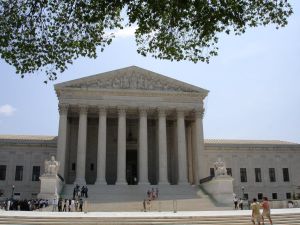 For Florida accident victims and those who care for and about them, the tyrannical reign of Jeb [Bush] the Horrible (Governor of Florida from 1999 to 2007) continues to haunt.
For Florida accident victims and those who care for and about them, the tyrannical reign of Jeb [Bush] the Horrible (Governor of Florida from 1999 to 2007) continues to haunt.
Once upon a time in Florida, employees hurt at work could sue their employers in tort by proving that an employer’s conduct created a “substantial certainty” the harmful accident would occur. Although the standard was tough, it still gave employees harmed through conduct exceeding mere negligence a fighting chance of being fairly and fully compensated, rather than being limited to the oftentimes inadequate benefits available under Florida’s workers’ compensation system. A victim making the requisite showing was able to overcome an employer’s workers’ compensation immunity.
Dear Jeb and his uncaring Republican lackeys in the Florida Legislature were dismayed that working men (and women) had a fighting chance against the beloved “Job Creators,” so they eliminated the right. In 2003, the Florida Legislature effectively overruled the Florida Supreme Court case of Turner v. PCR, Inc., 754 So. 2d 683 (Fla. 2000), the case which gave a decent interpretation to the “substantial certainty” standard, by amending Florida Statute 440.11 with the “virtually certain” standard. The pertinent language reads as follows:
The employer engaged in conduct that the employer knew, based on prior similar accidents or on explicit warnings specifically identifying a known danger, was virtually certain to result in injury or death to the employee, and the employee was not aware of the risk because the danger was not apparent and the employer deliberately concealed or misrepresented the danger so as to prevent the employee from exercising informed judgment about whether to perform the work.
See F.S. 440.11(1)(b)2.
As fairly stated by the 4th DCA in List Industries v. Dalien (opinion issued on January 23, 2013), “The change from ‘”substantial certainty”‘ to ‘”virtually certain”‘ is an extremely different and a manifestly more difficult standard to meet. It would mean that a plaintiff must show that a given danger will result in an accident every — or almost every — time.”
Continue reading
 Florida Injury Attorney Blawg
Florida Injury Attorney Blawg









